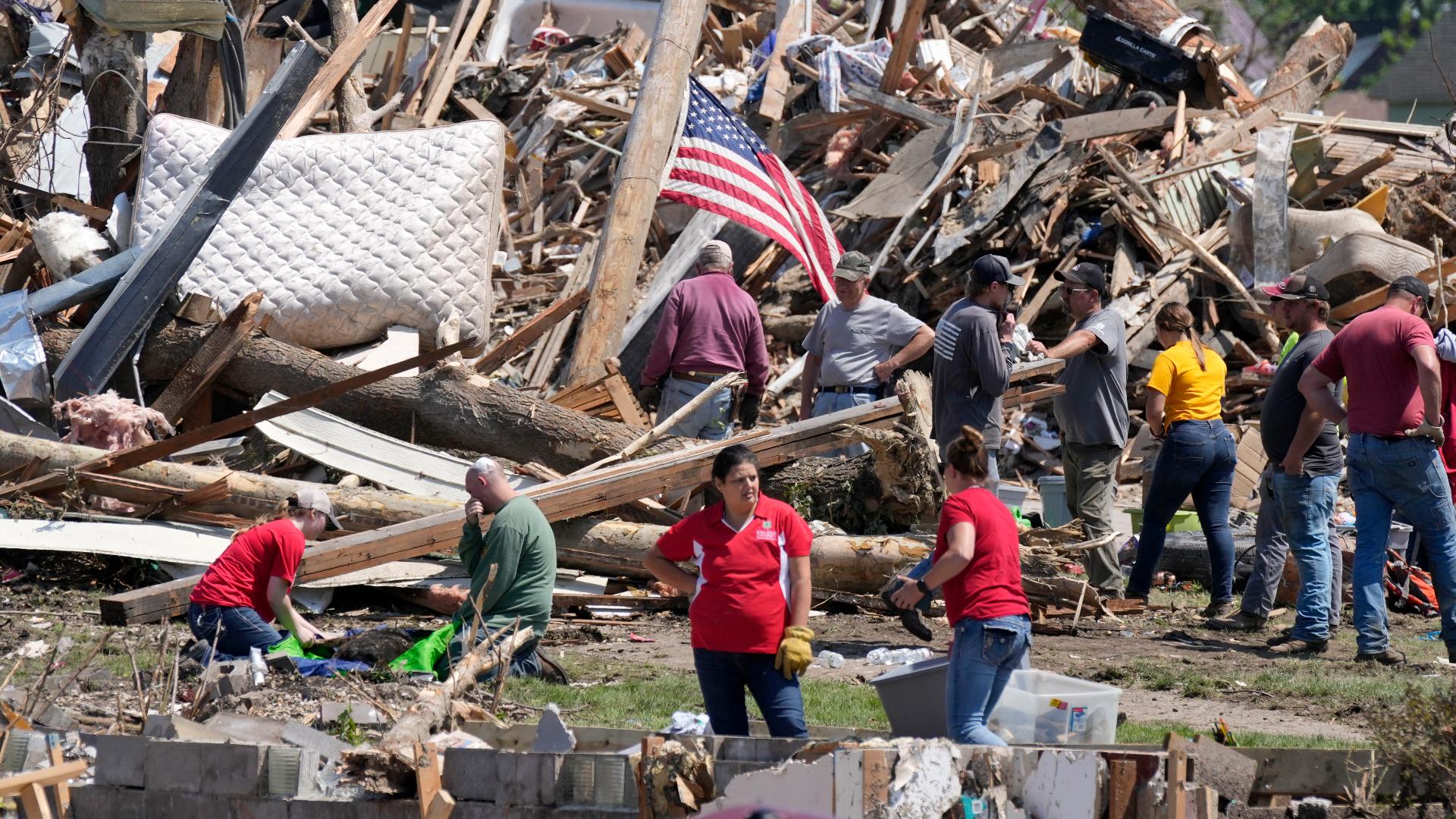Greenfield Tornado Rating Scale

The Greenfield Tornado Rating Scale is a method of assessing the intensity of tornadoes based on the damage they cause to structures and vegetation. It was developed by meteorologist Joseph Greenfield in the 1990s as an improvement upon the original Fujita Scale, which was developed in the 1970s. The Greenfield Scale is more detailed and takes into account a wider range of damage indicators, making it more accurate and reliable in assessing tornado intensity.
Categories of the Greenfield Tornado Rating Scale
The Greenfield Tornado Rating Scale is divided into 10 categories, ranging from EF0 to EF9. Each category is assigned a wind speed range, and the damage caused by a tornado is used to determine its rating. The following table summarizes the different categories of the scale and their corresponding wind speeds:
| Category | Wind Speed (mph) |
|---|---|
| EF0 | 65-85 |
| EF1 | 86-110 |
| EF2 | 111-135 |
| EF3 | 136-165 |
| EF4 | 166-200 |
| EF5 | 201-260 |
| EF6 | 261-318 |
| EF7 | 319-379 |
| EF8 | 380-447 |
| EF9 | 448+ |
The Greenfield Tornado Rating Scale is a valuable tool for meteorologists and emergency managers. It helps them to assess the severity of tornadoes and to make informed decisions about how to respond to them. The scale is also used by insurance companies to determine the amount of damage that is covered by policies.
Limitations and Applications of the Greenfield Tornado Rating Scale
The Greenfield Tornado Rating Scale is not without its limitations. One limitation is that it is based on damage assessment, which can be subjective and difficult to do accurately. Additionally, the scale does not take into account the duration of a tornado or the size of its path, which can also be important factors in determining its intensity.
Despite these limitations, the Greenfield Tornado Rating Scale is a useful tool for assessing the intensity of tornadoes. It is more accurate and reliable than the original Fujita Scale, and it takes into account a wider range of damage indicators. The scale is used by meteorologists, emergency managers, and insurance companies to make informed decisions about how to respond to tornadoes.
Historical Greenfield Tornadoes: Greenfield Tornado Rating

Greenfield has witnessed its share of destructive tornadoes throughout its history. These events have left an indelible mark on the community, causing widespread damage and loss of life.
The following is a timeline of some of the most notable Greenfield tornadoes:
Notable Greenfield Tornadoes
- 1842 Greenfield Tornado: An F4 tornado struck Greenfield on May 27, 1842, killing 12 people and injuring dozens more. The tornado destroyed several buildings in the town center and caused widespread damage to the surrounding area.
- 1957 Greenfield Tornado: An F3 tornado struck Greenfield on April 3, 1957, killing 3 people and injuring 15. The tornado damaged or destroyed over 100 buildings in the town, including the Greenfield High School.
- 1974 Greenfield Tornado: An F2 tornado struck Greenfield on June 8, 1974, killing 1 person and injuring 10. The tornado caused significant damage to the town’s infrastructure, including power lines and telephone poles.
- 2011 Greenfield Tornado: An F1 tornado struck Greenfield on May 27, 2011, causing minor damage to several buildings in the town.
The Greenfield tornadoes of 1842, 1957, and 1974 were the most destructive in the town’s history. These tornadoes caused widespread damage and loss of life, and their impact is still felt today.